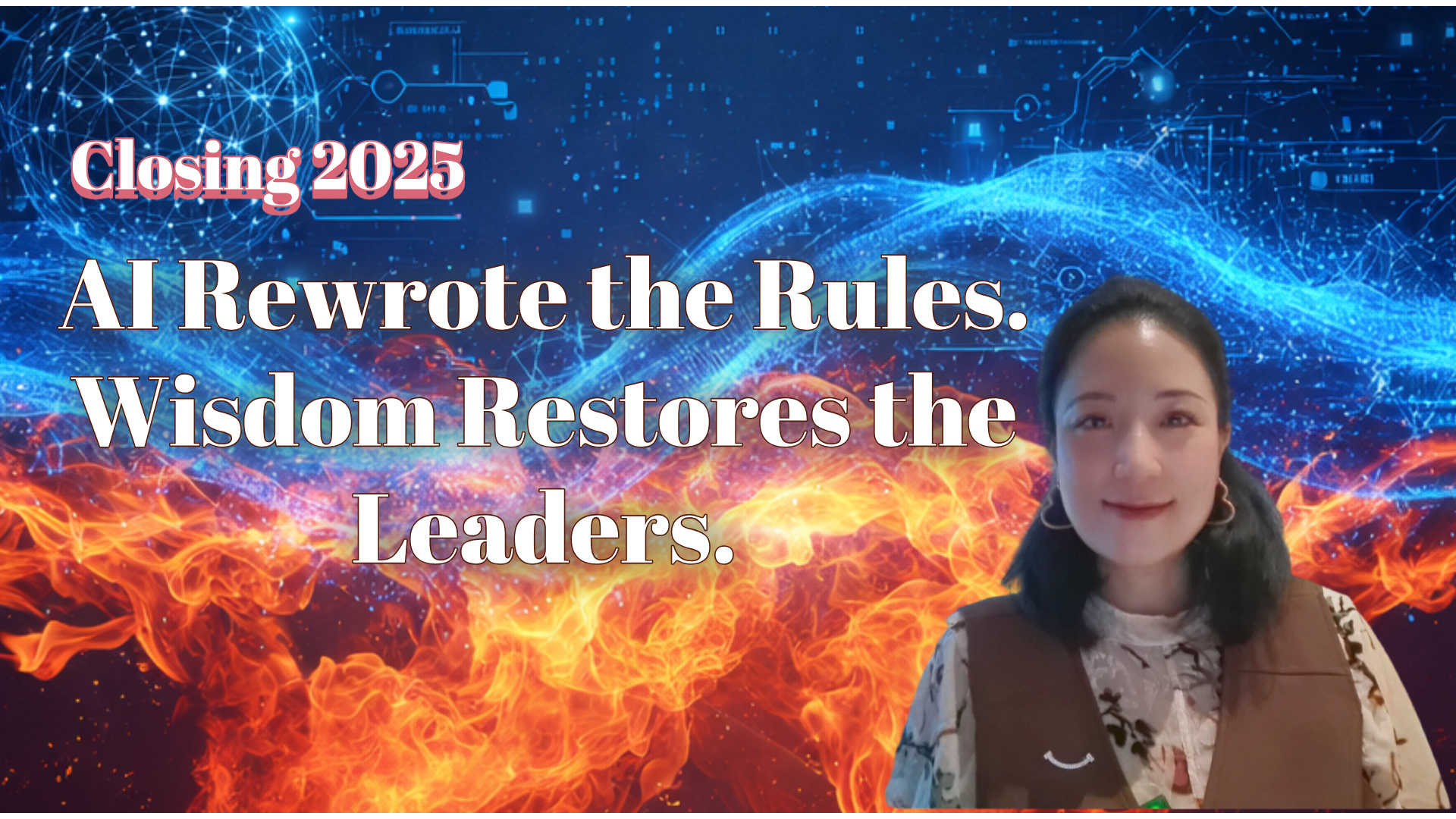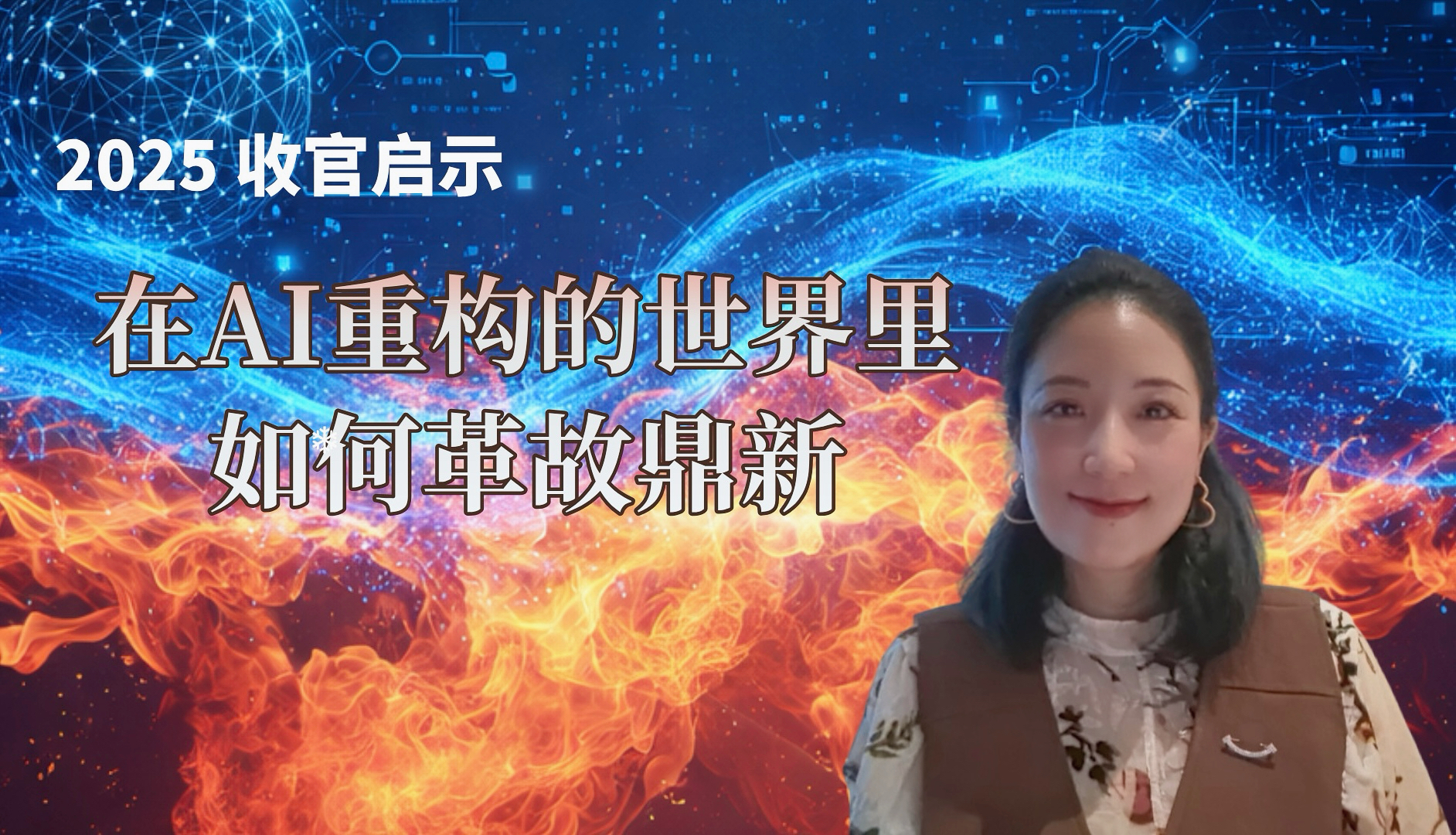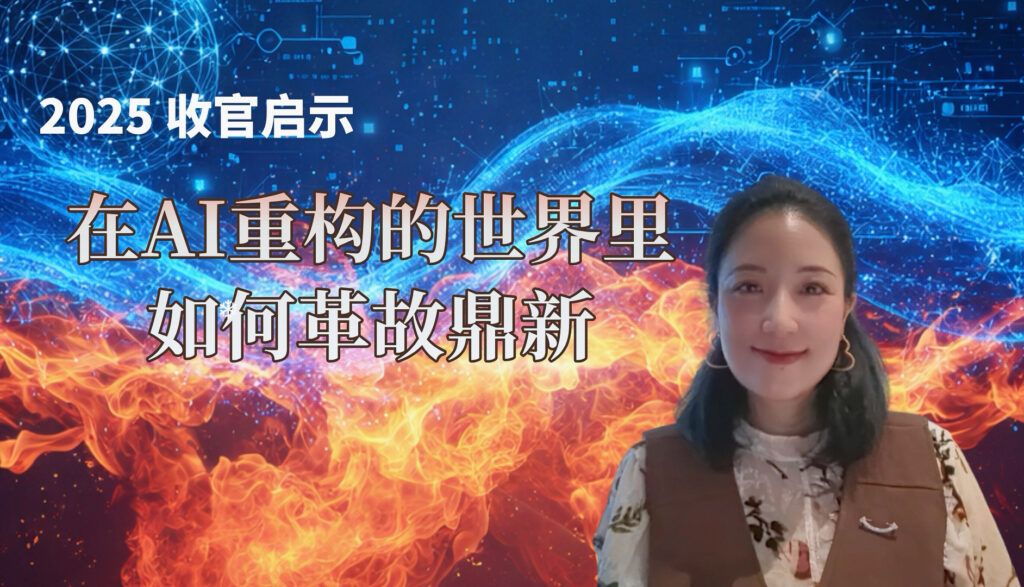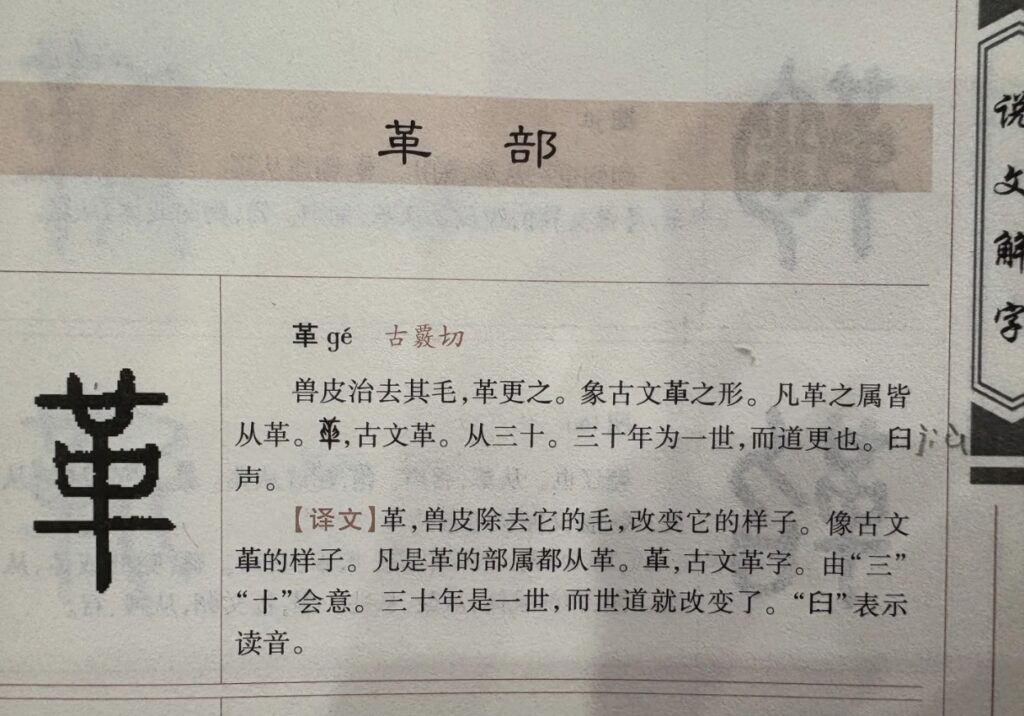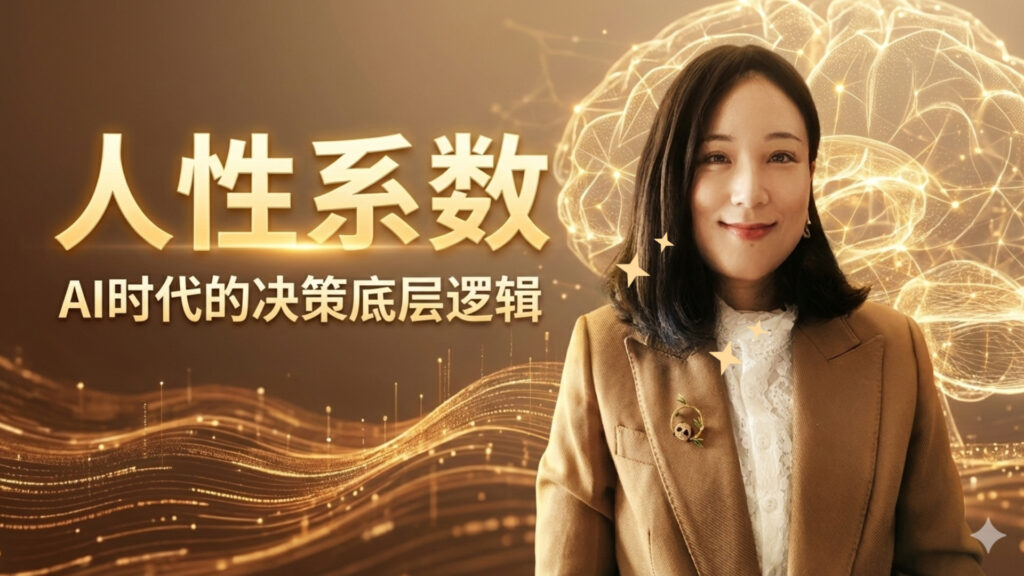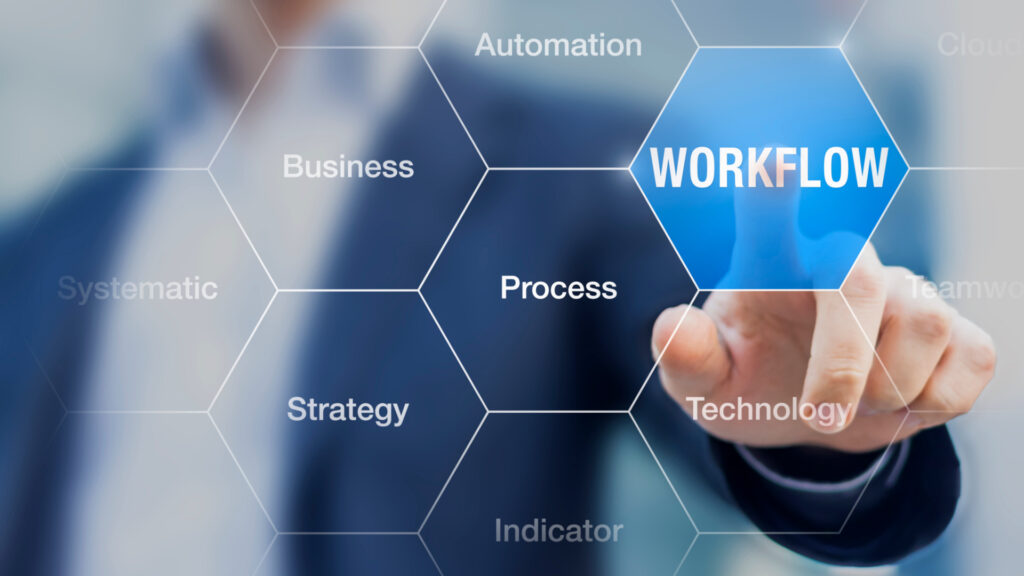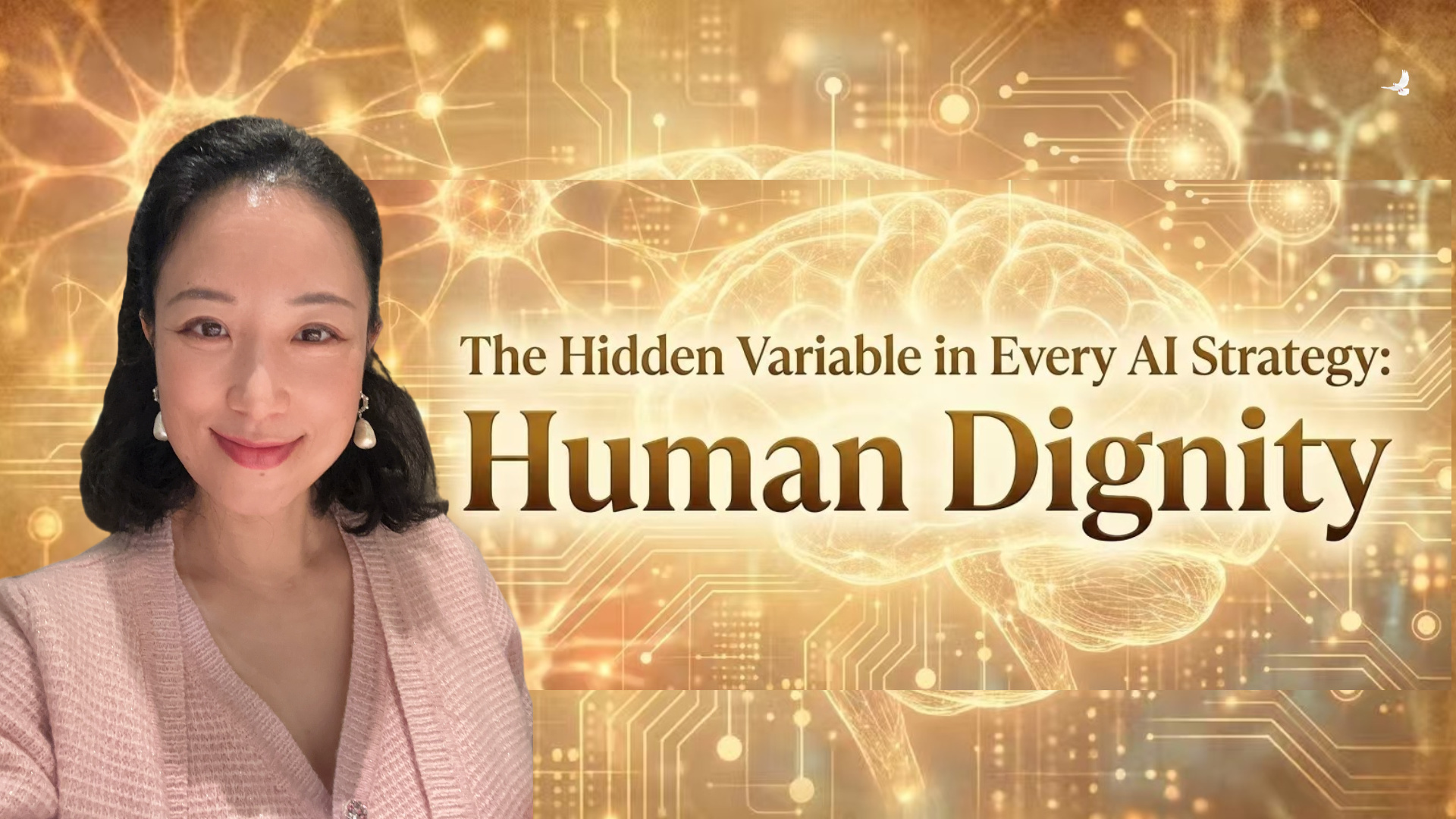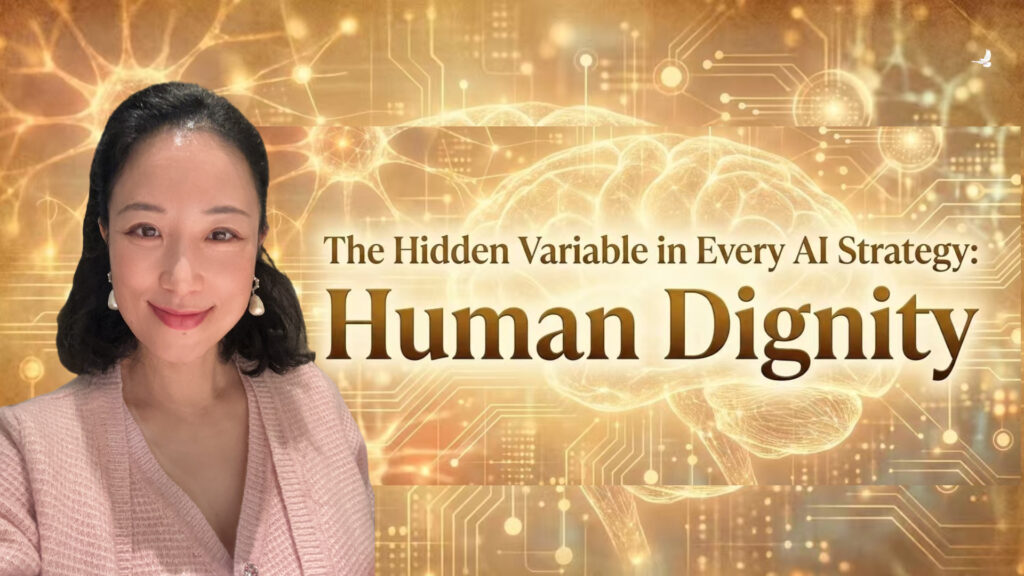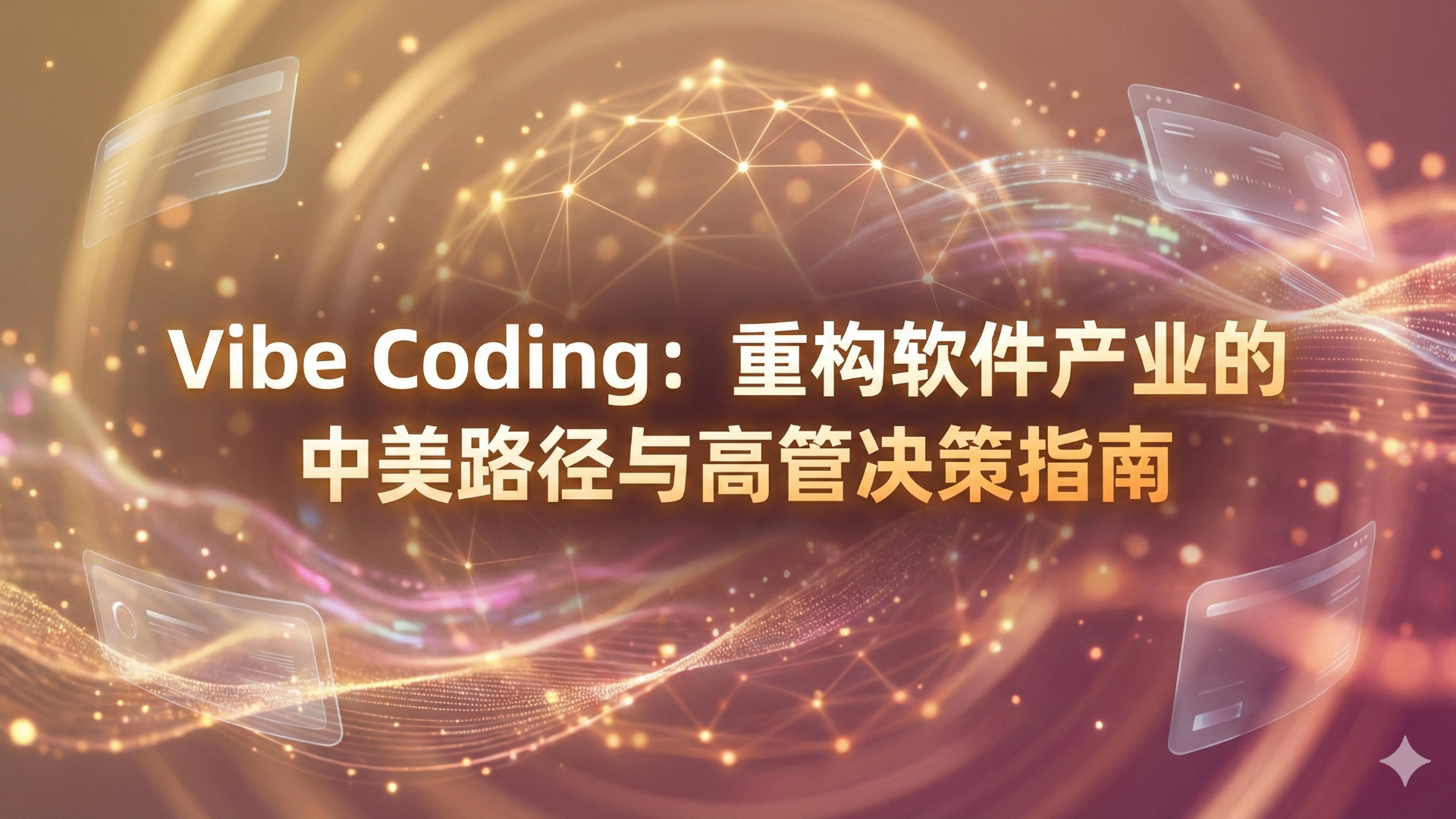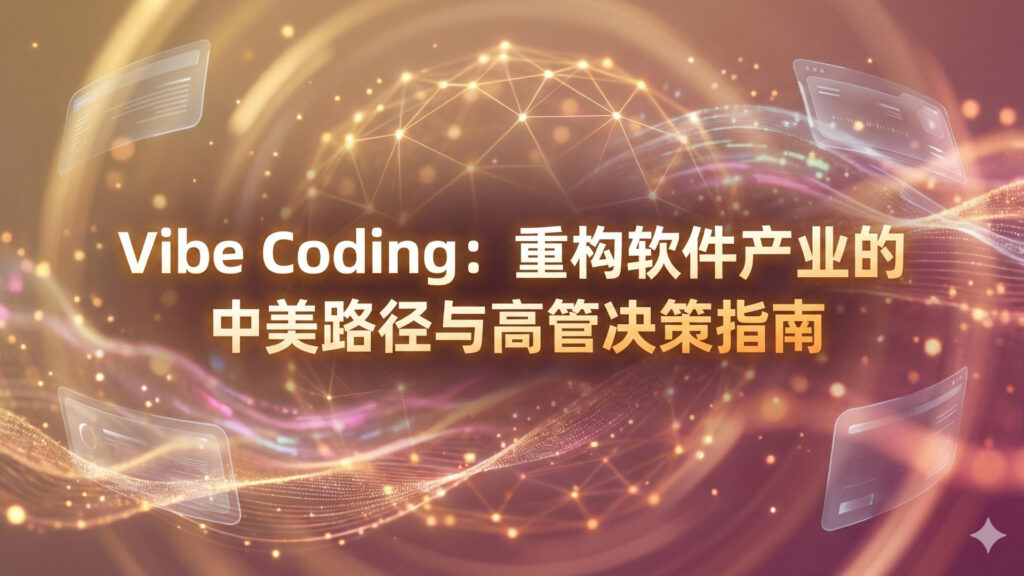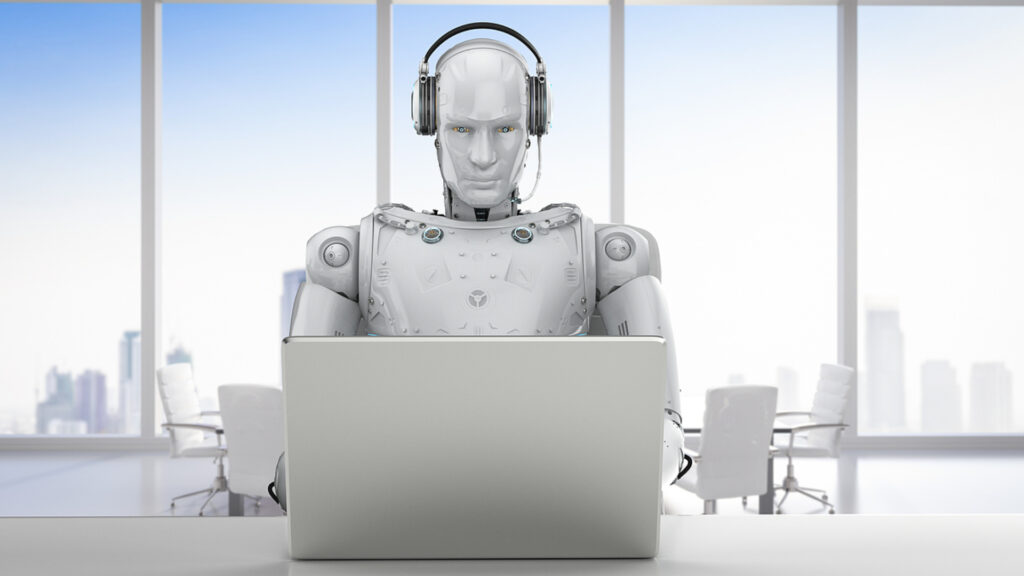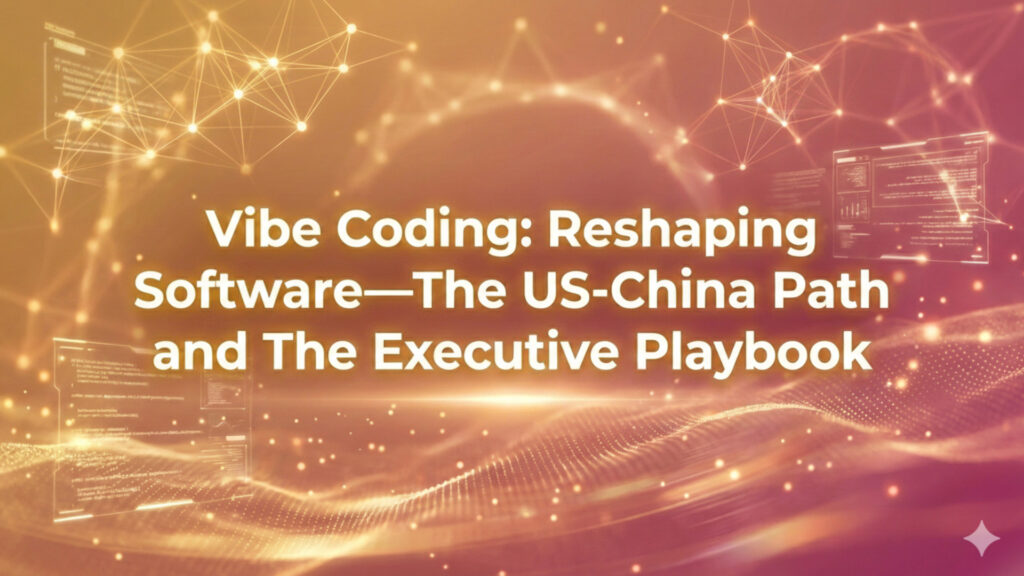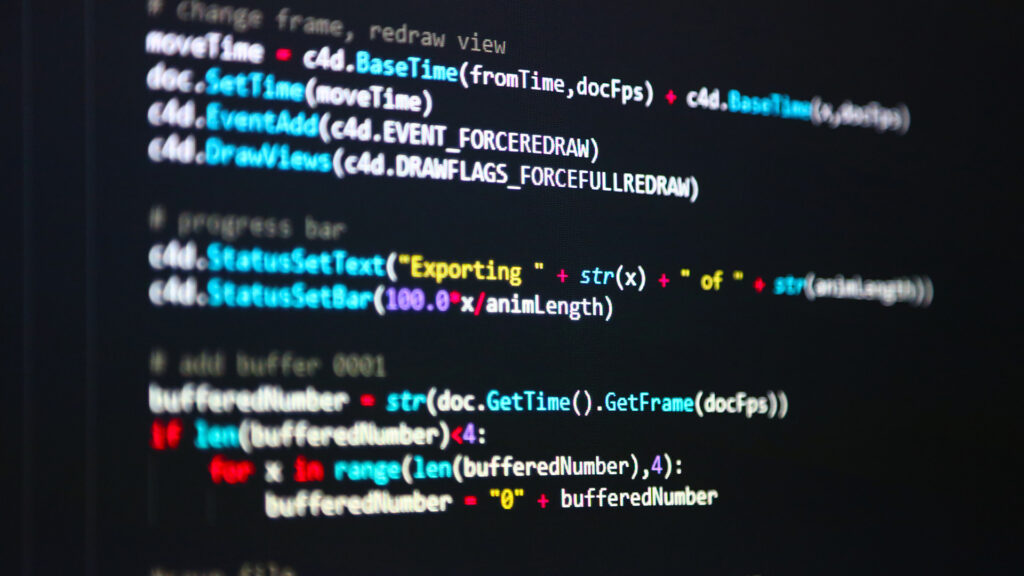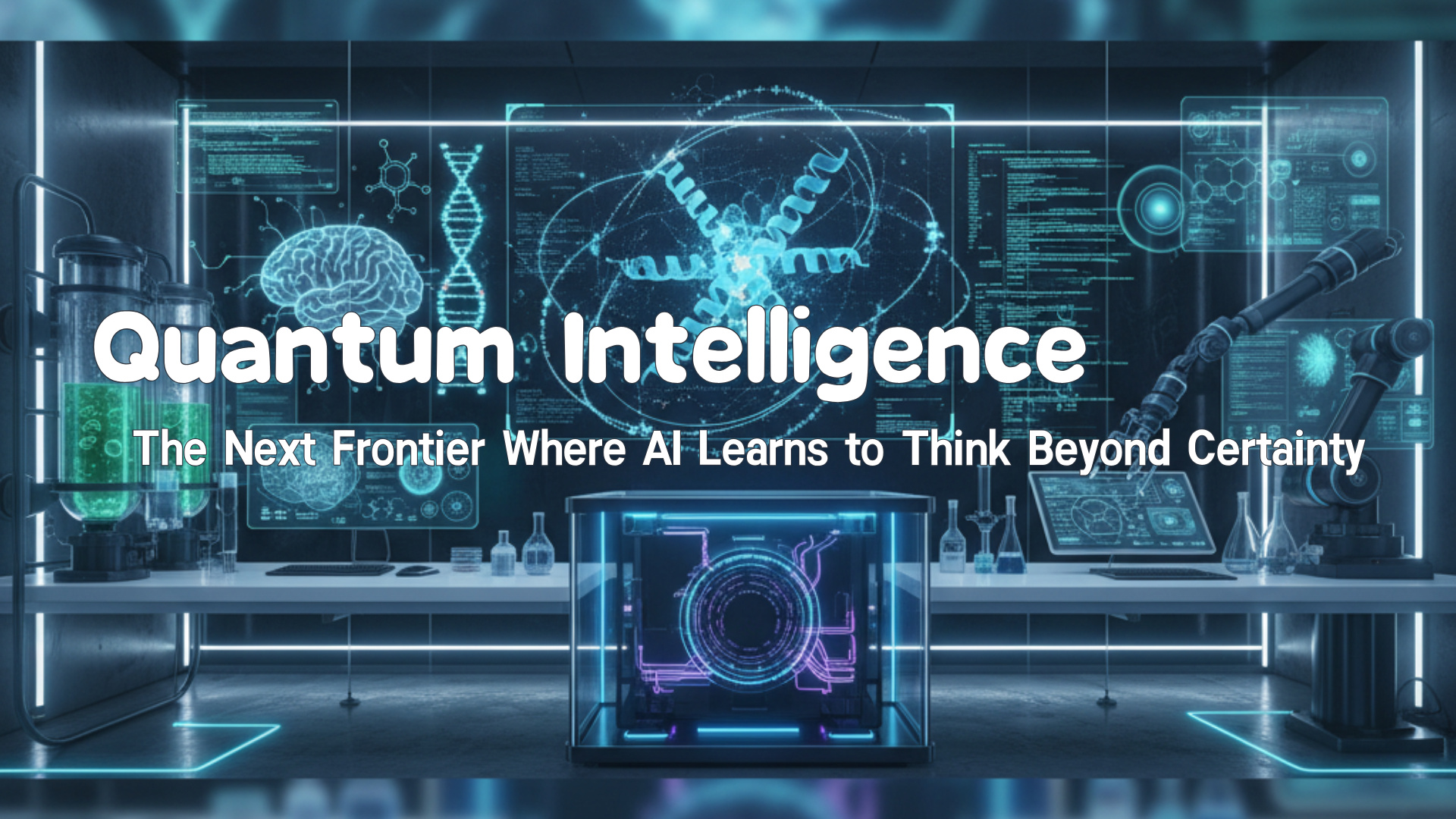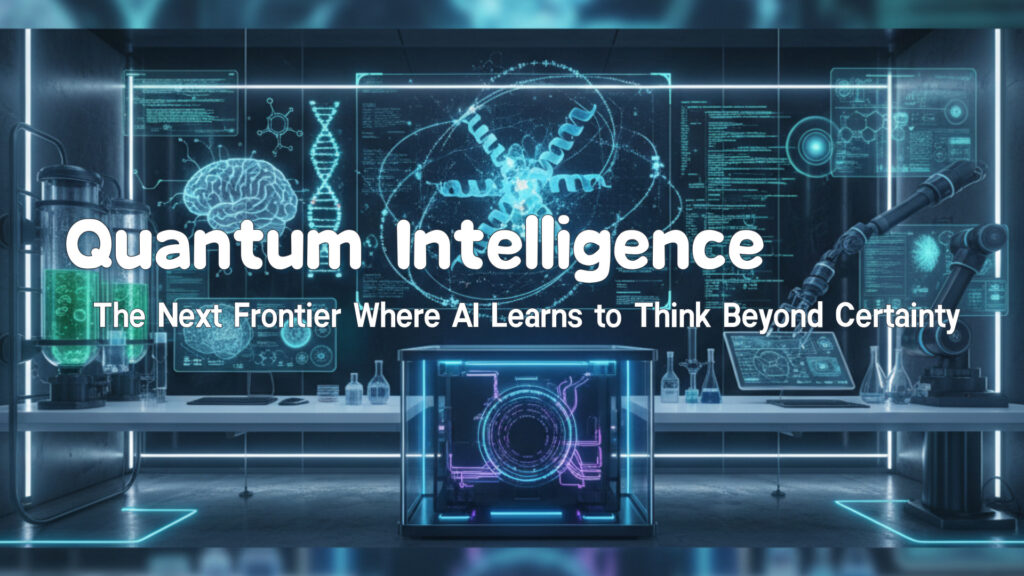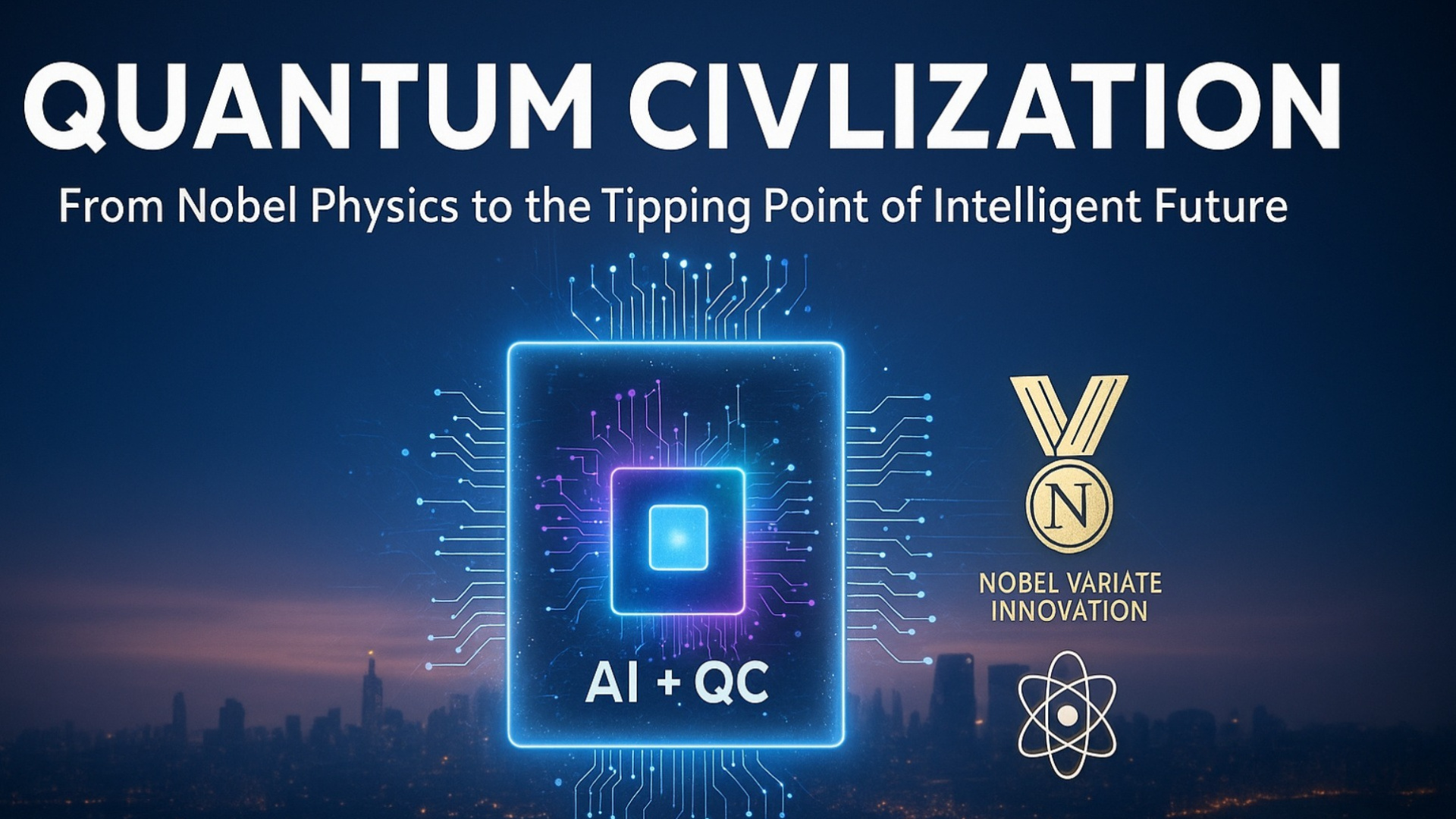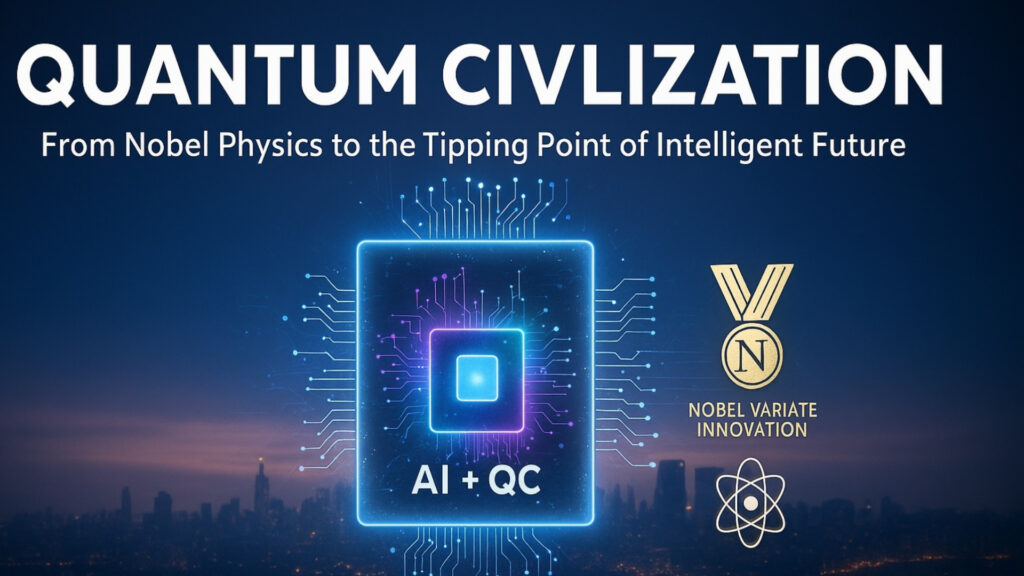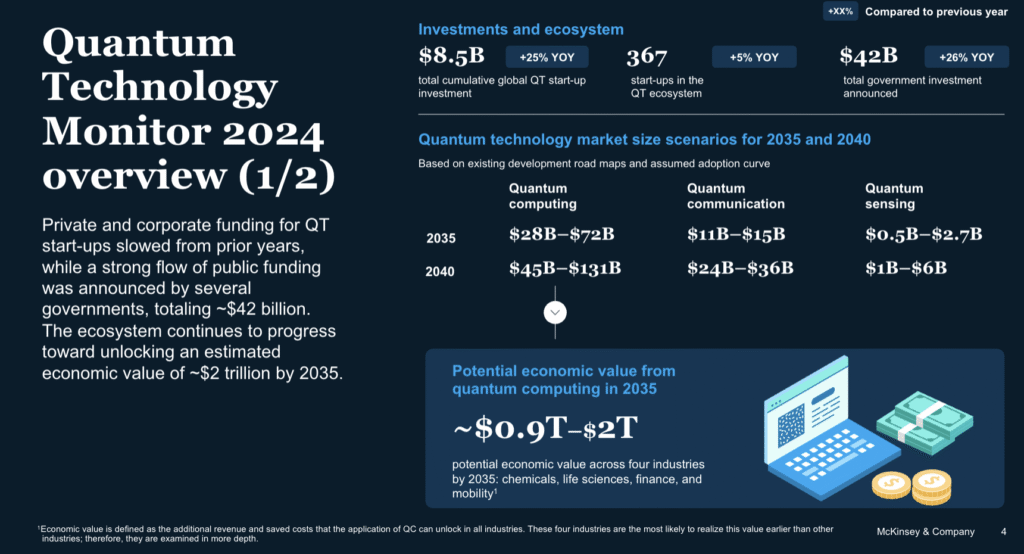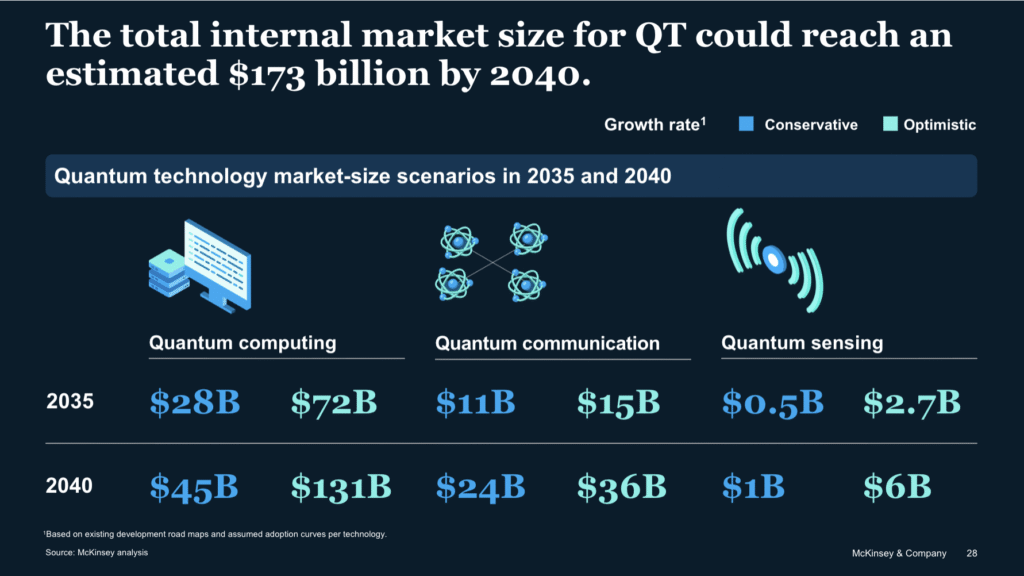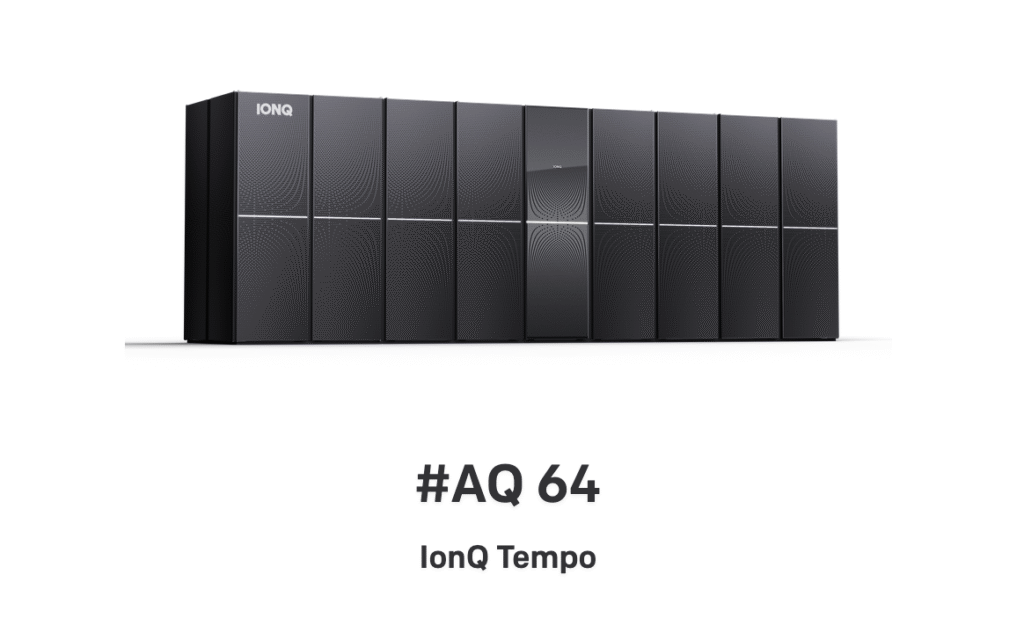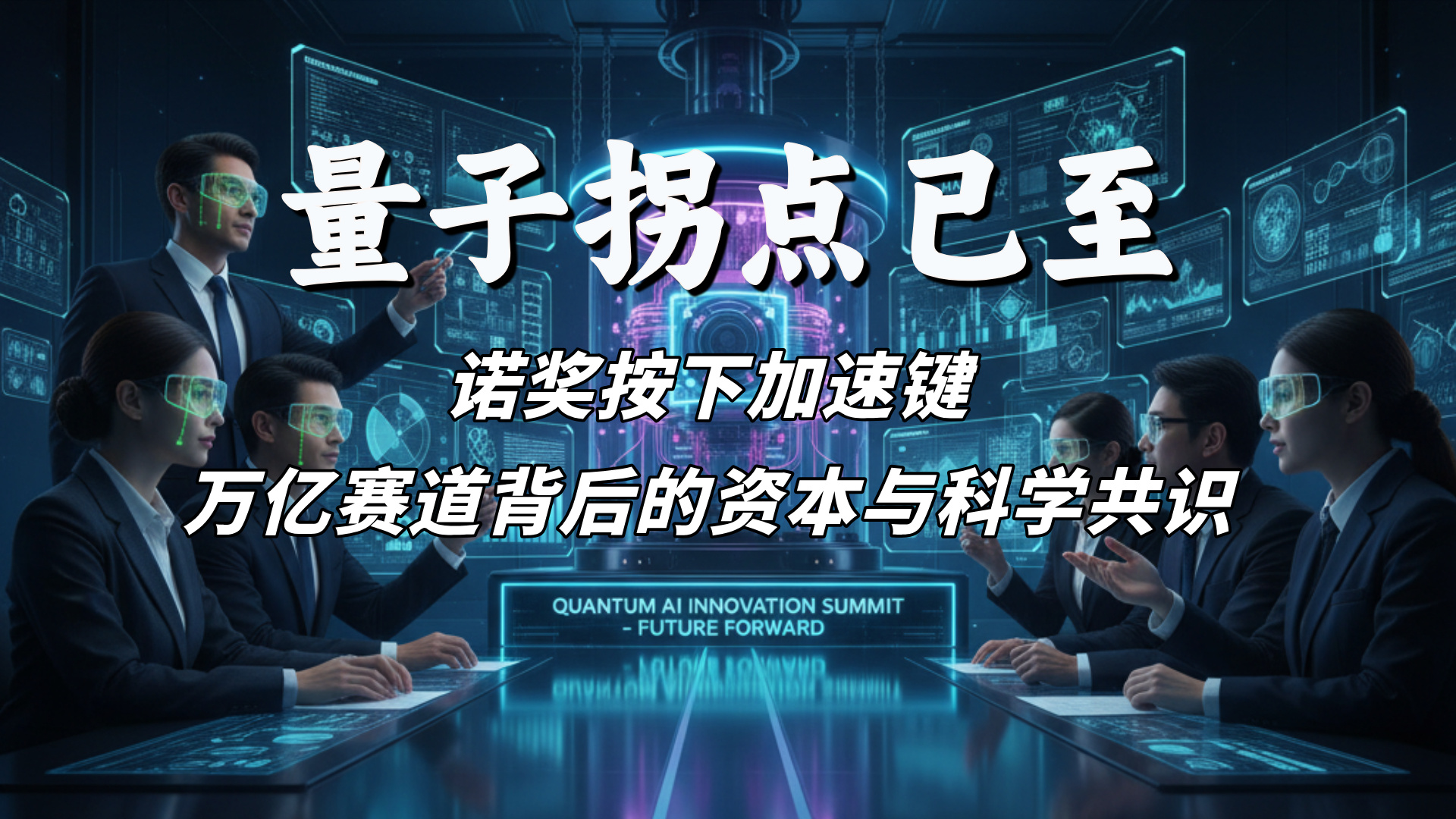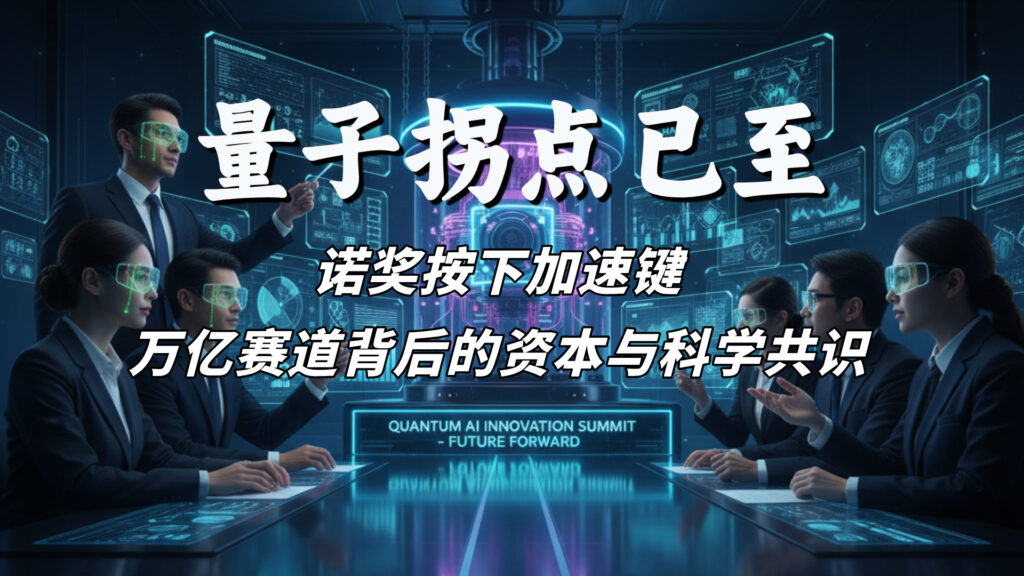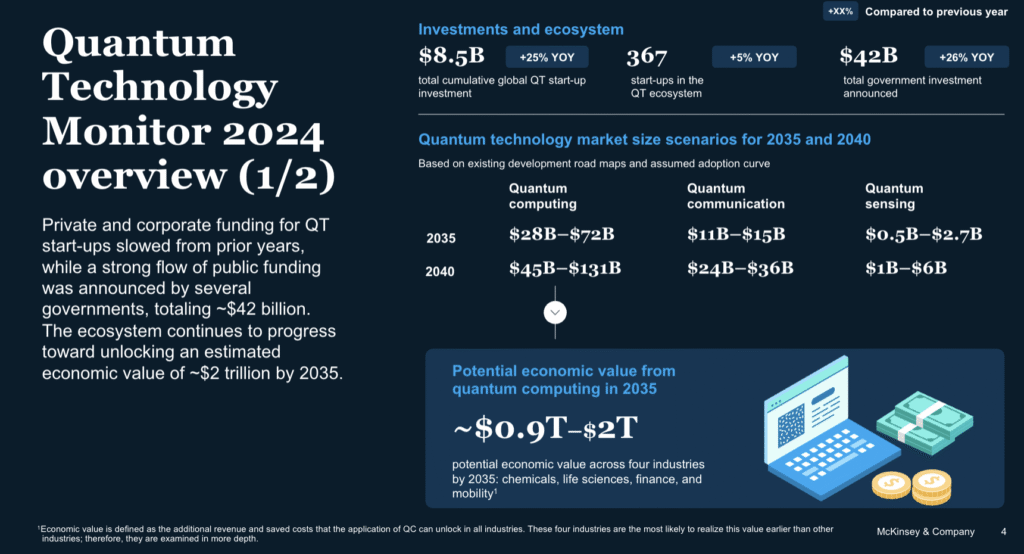We’ve reached the final days of 2025. A familiar question comes up: “If you had to summarize this year in one word, what would it be?”
In the ancient wisdom of the I Ching, the word of the year is “Ge” (革). It translates to “Revolution,” but its etymology is far more profound for decision-makers: It means stripping the fur from rawhide to create leather.
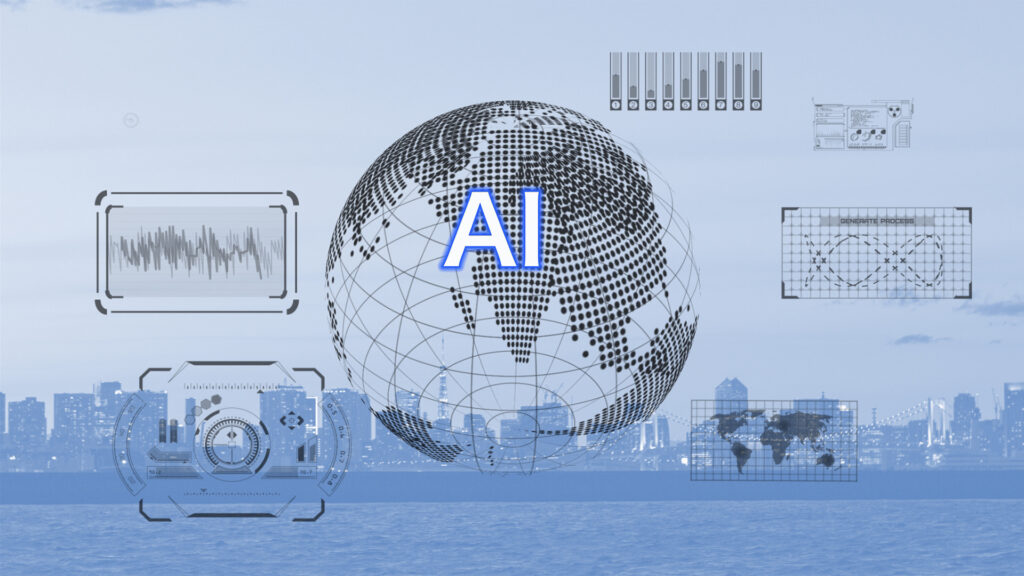
Layoffs at major tech firms, the once-unthinkable automation of elite consulting and legal work, and long-standing AI warnings suddenly becoming lived reality — what used to feel abstract now feels personal. For decision makers, this year wasn’t about curiosity. It was about survival.
In moments like this, we need perspective — one that cuts through fear, respects human nature, and helps us act with clarity.
I. The Pivot: From “Inertia” to “Architecture”
There is a line from the 2025 blockbuster De Xian Jin Zhi that haunted many executives this year: “It is what it is, and it’s already like this.”
It is the mantra of survival inertia. It is the sound of a decision-maker acknowledging that market logic has failed and deciding to simply weather the storm. But in the era of AI rule-rewriting, inertia is fatal.
In the ancient wisdom of the I Ching, each year is associated with a guiding hexagram. 2025 corresponds to the 49th hexagram, Ge (Revolution) — a symbol of profound transformation through the deliberate removal of what no longer fits.
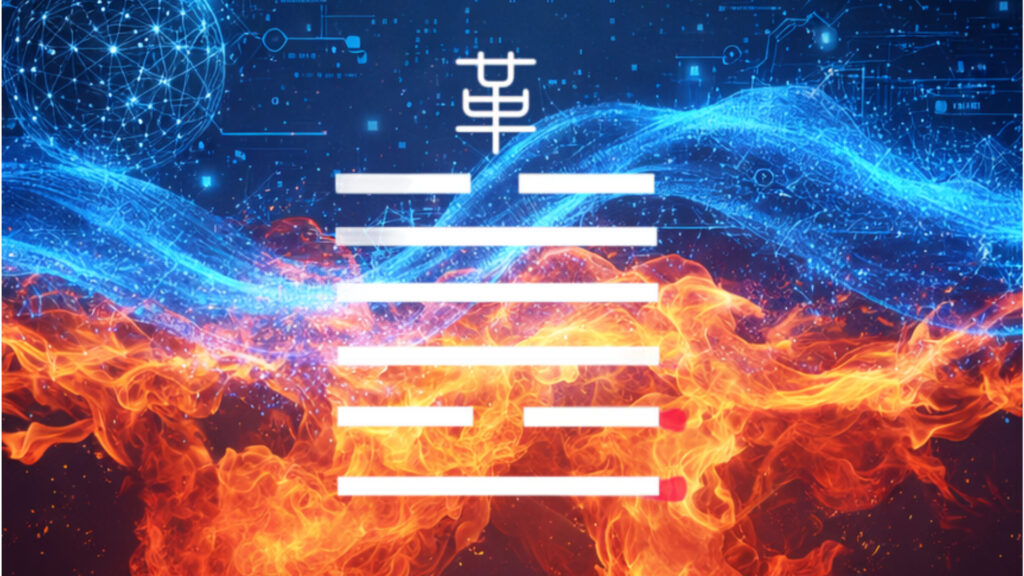
The Strategic Pattern Behind AI Winners
Look at where real breakthroughs happened this year:
- The Hardware contrarians: While the world fought for GPU allocation in a brute-force arms race, Lightelligence went back to first principles. They ignored the silicon rules and bet on optical computing (photonics). They didn’t try to run faster in the old race; they changed the physics of the track.
- The Service Architects: Legal AI unicorn Harvey didn’t just build a “chatbot for lawyers.” Knowing a faster horse won’t fix a broken cart, they redesigned high-stakes legal workflows — freeing attorneys from document drudgery to focus on judgment, strategy, and client trust.

Different industries. Same pattern:
Stop chasing optimization inside a collapsing framework. Start defining a new one.
II. The Anchor: Emotional Sovereignty in a “Mocha” World
Innovation requires adrenaline, but endurance requires calm.
It is no coincidence that amidst this technological velocity, Pantone selected “Mocha Mousse” (17–1230) as the Colour of the Year for 2025, a warm, grounded, unassuming brown.

Why does this matter to a tech executive? Because the greatest risk to your company right now isn’t a competitor’s algorithm; it is your own burnout.
The cognitive load of 2025 — managing AI integration, calming investor nerves, navigating geopolitical shifts — requires a psychological anchor. “Mocha Mousse” is a reminder that high-tech requires high-touch.
The most resilient founders I worked with this year were those who protected their “offline sovereignty.” Share unhurried dinners with family. Go for walks with no purpose. These are not distractions from the work; they are the fuel for the high-stakes decision-making required.
For leaders navigating AI-driven change, emotional sustainability is now a strategic asset.

III. The Structure: The Era of the “Leaderless Dragon”
At the end of 2025, there is no need to dwell on past instability, nor to be overwhelmed by future uncertainty. Use your willpower to adapt to change.
Use your hands of creation to build new rules.
In the I Ching, Qian Gua offers a powerful image: “A group of dragons without a leader — auspicious.” When centralized authority dissolves, and old power structures fade, the roots of certainty may blur — but in that ambiguity, everyone gains the chance to rise. The true good omen is not waiting for instructions, but awakening the initiative within each person — calmly observing the situation, then acting with clarity and resolve.

2025 is a year of revolution — and also the beginning of a new order. In this once-in-a-century transformation, may you and I choose not to become floating objects carried by the waves, but architects who lay the first stones ourselves.
Let us use wisdom to break through.
Let us use warmth to protect our hearts.
Let us use creativity to keep moving forward.
History has never been written by observers. It is written by those who walk through the darkness — and still choose to light the way.
Step by step.
Ready to Shape Your 2026?
As we move from the year of “Disruption” to the year of “Reinvention,” the window for strategic positioning is narrowing. Let’s turn these insights into your competitive advantage.
For Our Valued Clients & Partners: It’s time to activate your roadmap. Please use your 2025 Value Code to schedule your exclusive 2025/2026 Year-End Strategy Session. We will dive deep into your specific “tanning process” and calibrate your operations for the distributed agency of the coming year.
For New Visionaries & Prospective Partners: If you are ready to move beyond the “raw hide” of AI and into market-ready leadership, we invite you to connect. We are currently opening a limited number of briefings on:
- The 2025 Winners’ Ledger: Deconstructing the most successful case studies of the year.
- The China Frontier: Vital policy updates and navigating the evolving regulatory landscape.
- Strategic Collaboration Sessions: Identifying high-alpha partnerships for the 2026 cycle.
- The “Mocha” Moment: An exclusive New Year’s Eve online meditation to sharpen your executive focus for the year ahead.

Contact Us
